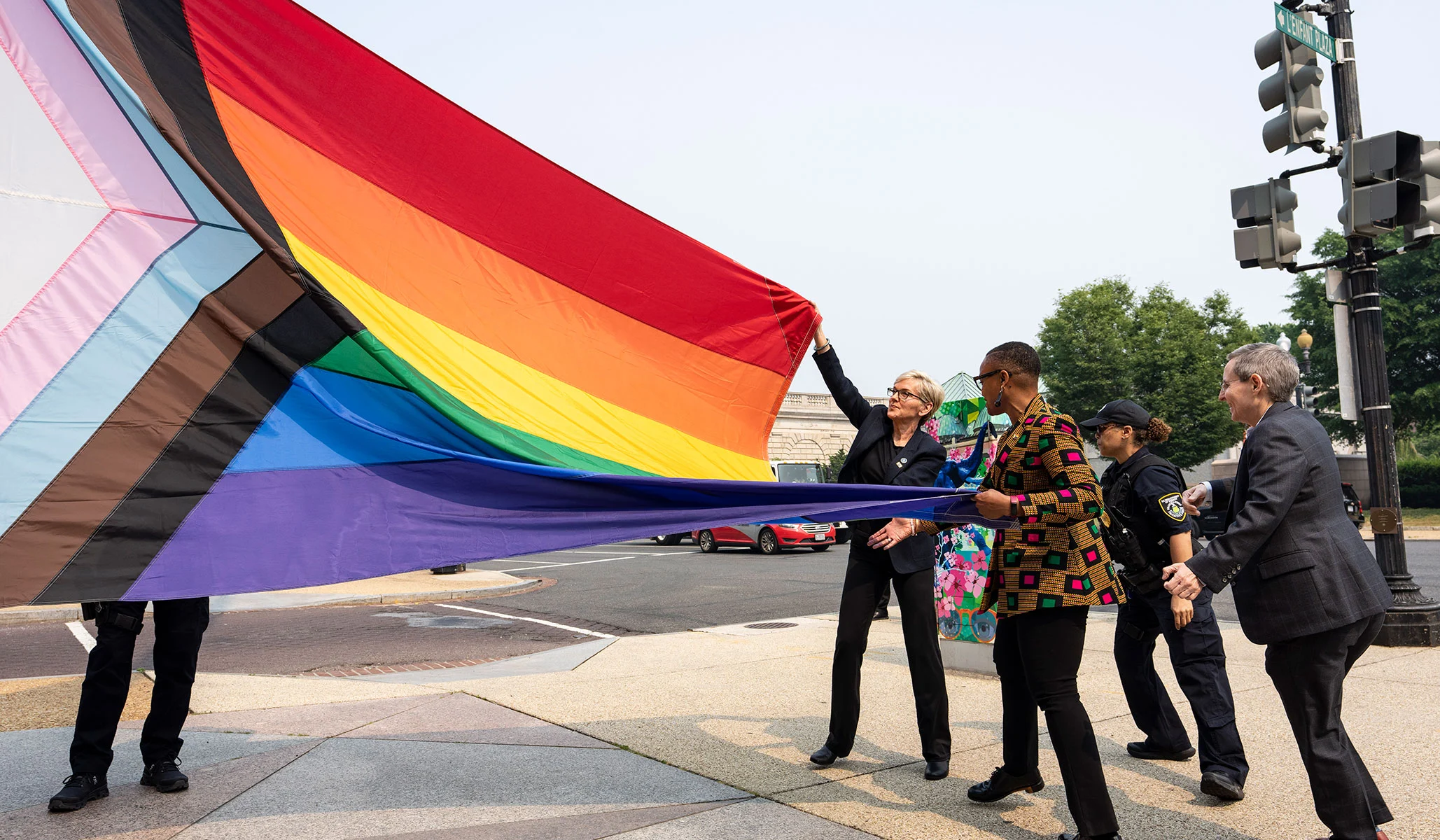June is a month when the LGBTQIA2S+ community is highly visible in the United States. The pride flag is ubiquitous, with its increasingly elaborate design and clashing stripes seen everywhere from stores to government buildings. The Progress Pride flag, with its 11 different colors, was draped on the White House by Team Biden, alongside two American flags. However, flags are not trifling matters, and people rally to them and live and die for them. The power of the Star-Spangled Banner lies in its history, design, symbolism, and call to unify all Americans. In contrast, the pride flag is always being refashioned, an aesthetic disaster, inscrutable, and concerned with the recognition of splinter groups. It represents the latest iterations of “intersectionality.” The old rainbow flag was simpler, representing broad categories of things rather than specific groups of people. The resulting banner has all the visual appeal of a TV test pattern. It’s hard to see any principle by which other groups should be excluded. Like the LGBTQ+ cause generally, the flag has become increasingly esoteric and obsessed with identity politics. It flies everywhere as though it were a quasi-national flag with universal popular assent. However, the government shouldn’t be promoting boutique causes, and the Stars and Stripes should be sufficient for this and every month.

The Pride Flag vs. The American Flag: A Clash of Symbols
by
